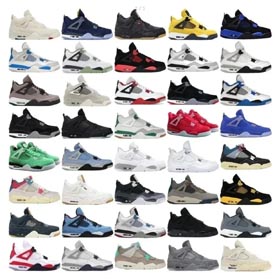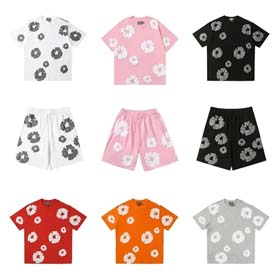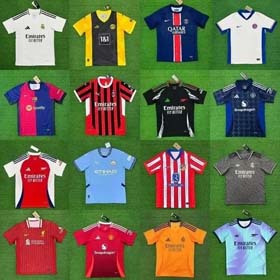Brand Collaboration Assessment Using iPhom Review and Spreadsheet Data
In today's competitive e-commerce landscape, resellers must carefully select brand collaborations to enhance customer satisfaction and maximize profitability. By analyzing data from iPhom'sReviewSpreadsheet
The iPhom Spreadsheet
Resellers should prioritize brands demonstrating consistent sales growth, healthy margin potential, and stable supply chain performance. Customer reviews in the iPhom Review
For example, brands receiving repeated praise for "durable materials" or "excellent customer service" in reviews typically warrant stronger consideration. By combining these analytical approaches through iPhom's platform, resellers can systematically identify brands that offer both commercial viability and alignment with customer expectations. This dual data-point strategy significantly reduces partnership risks while improving overall service quality.1. Utilizing iPhom Spreadsheet for Sales Performance Insights
2. Analyzing iPhom Review for Consumer Sentiment
3. Comprehensive Evaluation Framework
Evaluation Factor
Spreadsheet Metrics
Review Indicators
Market Demand
Quarter-over-quarter sales growth
Volume of positive reviews
Product Quality
Return/refund rates
Specific quality compliments
Implementation Tips:



















